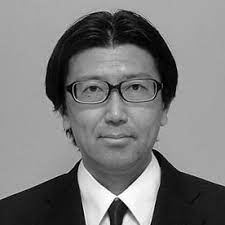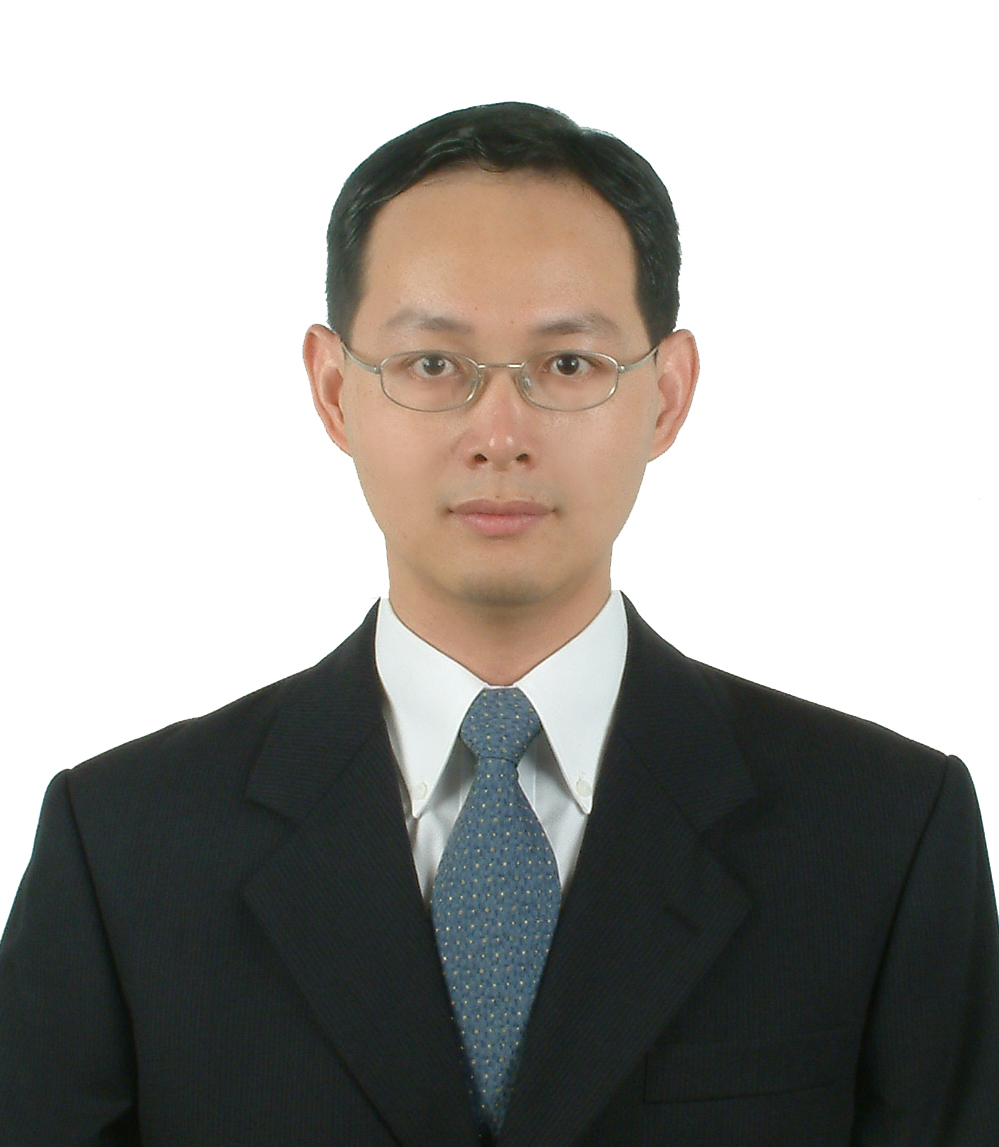|

Prof. Umemura Kazuo
Tokyo University of Science |
Speech Title: Micron Size Biodevices Using Natural
nanoporous Silica
Abstract: I will introduce two types of biodevices using frustules.
Frustules are nanoporous biosilica which are produced by diatom cells.
Diatoms are major photosynthetic planktons that are found in rivers,
seas, lakes, and even in hot springs. Sizes of frustules are varied from
several microns to several hundred microns, however, sizes and shapes of
the frustules obtained in the same culture of isolated diatom cells are
uniform because of the regulation with their genomes. Nano and micro
pores are found on frustule surfaces; therefore, specific gravity of
frustules is lower than other micron size materials such as glass beads.
In our experimental data, frustules were not settled permanently without
stirring at 37 °C. It could be directly confirmed using a ‘tumbled’
optical microscope. Frustules were gradually settled at room
temperature; however, the settlements of frustules were much slower than
other related SiO2 micron size materials such as diatomite,
mesoporous silica, and glass beads. We attached papain enzymes or
DNA-wrapped single-walled carbon nanotubes (SWNTs) on frustule surfaces.
In the case of the papain enzyme devices, better enzyme activities were
obtained comparing with the use of other SiO2
materials. In the case of SWNT devices, near-infrared photoluminescence
(PL) of SWNTs was well appeared even on frustule surfaces. The SWNT
device was effective to distinguish biomolecules by the PL change. For
example, when papain molecules were injected to the SWNT frustule
suspension, PL intensity from SWNTs were significantly increased.
Furthermore, the PL change was specific according to chirality of SWNTs.
The data revealed a potential of biosensing methods using the SWNT
chirality. For the reactions, it was not necessary to external stirring
at 37 °C. Nevertheless, the fabricated frustule biodevices could be
easily recovered by simple centrifugation after the use. Both papain
devices and SWNT devices could be re-used at least five times.
Biography:
Dr. Kazuo Umemura is a full professor of Tokyo University of Science.
His specialty is biophysics, especially, nanobioscience and
nanobiotechnology. One of his recent interests is nanoscopic research of
hybrids of biomolecules and carbon nanotubes (CNTs). Unique structures
and physical/chemical properties of the hybrids are promising in
biological applications such as nanobiosensors and drug delivery.
Dr. Umemura received his B.S. degree in Physics from Nagoya University.
His M.S. and Ph.D. degrees were given from Tokyo Institute of
Technology. After working at several institutes/universities as a
researcher in Japan and in China, he became a professor of Tokyo
University of Science. Kagurazaka campus of Tokyo University of Science
is located at the center of Tokyo, so five subway/railway lines reach in
front of the campus.
|
|

Prof. Jia-Lin Tsai
National Yang Ming Chiao Tung University
|
Speech Title:
Mechanical Properties and Applications of Nanocomposites
with Aligned Graphene
Abstract: This
study fabricated nanocomposites with aligned graphene platelets and
examined their mechanical properties. Graphene platelets were
incorporated into epoxy matrix through mechanical mixing, followed by
sonication for homogeneous dispersion. To align the graphene platelets,
before curing, an electric field was applied to the epoxy–graphene
compound. Real-time microscopic observation revealed that under an
electric field, the graphene platelets rotated, translated, and
eventually formed a chain-like microstructure along the electric field.
Tensile tests were conducted on the nanocomposites with aligned
graphene, and failure mechanisms were identified using scanning
electrical microscopy of the fracture surfaces. For comparison,
nanocomposites with randomly oriented graphene were prepared and then
subjected to tensile loading. Moreover, the moduli of the graphene
nanocomposites were characterized using Mori–Tanaka micromechanical
model. The experimental results indicated that the nanocomposites with
aligned graphene exhibited higher tensile moduli and tensile strength
than those with randomly oriented graphene. In addition to the
mechanical properties, the electrical conductivity of nanocomposites
with different graphene loadings was measured with an electrometer. The
results indicated that when the graphene loading was 0.15 wt%, the
electrical conductivity of the nanocomposites was close to the
percolation threshold. Subsequently, three-point bending tests were
conducted on single edge notch bending (SENB) specimens with the
graphene aligned perpendicular to the loading direction. During the
tests, the electrical resistance of the specimens was measured using a
high-resistance meter. The results indicated that the resistance of the
samples increased markedly prior to crack extension. Thus, aligned
graphene can be employed to detect crack extensions. Moreover, the crack
extension in single lap joint was detected using the aligned graphene
embedded within the epoxy adhesive. The aligned graphene provides an
electrically conductive medium between composite adherents. It was
observed that changes in resistance were correlated with the increase in
crack length, and this relationship was described using a resistance
formula.
Biography: Dr. Jia-Lin Tsai is a full professor in the
Department of Mechanical Engineering at National Yang Ming Chiao Tung
University in Taiwan. He completed his MS and PhD degrees at School of
Aeronautics and Astronautics, Purdue University in the United States in
the years 1998 and 2001, respectively. Following this, he conducted his
postdoctoral research at Purdue from 2001 to 2002. His academic journey
led him to National Chiao Tung University in Taiwan, where he served as
an assistant professor from 2002 to 2006, and subsequently, as an
associate professor from 2006 to 2009. In 2009, he achieved the rank of
full professor. Dr. Tsai also took on administrative responsibilities as
the Chairman of the Department of Mechanical Engineering at National
Chiao Tung University from 2014 to 2017. Currently, he holds the
position of Associate Editor for the journals "Journal of Mechanics" and
"Multi-scale Science and Engineering." His primary research expertise
lies in the characterization of mechanical properties of composites and
nanocomposites, failure analysis and fracture mechanics. He received
best paper awards from Journal of Mechanics at solid mechanics area in
the year of 2022. |